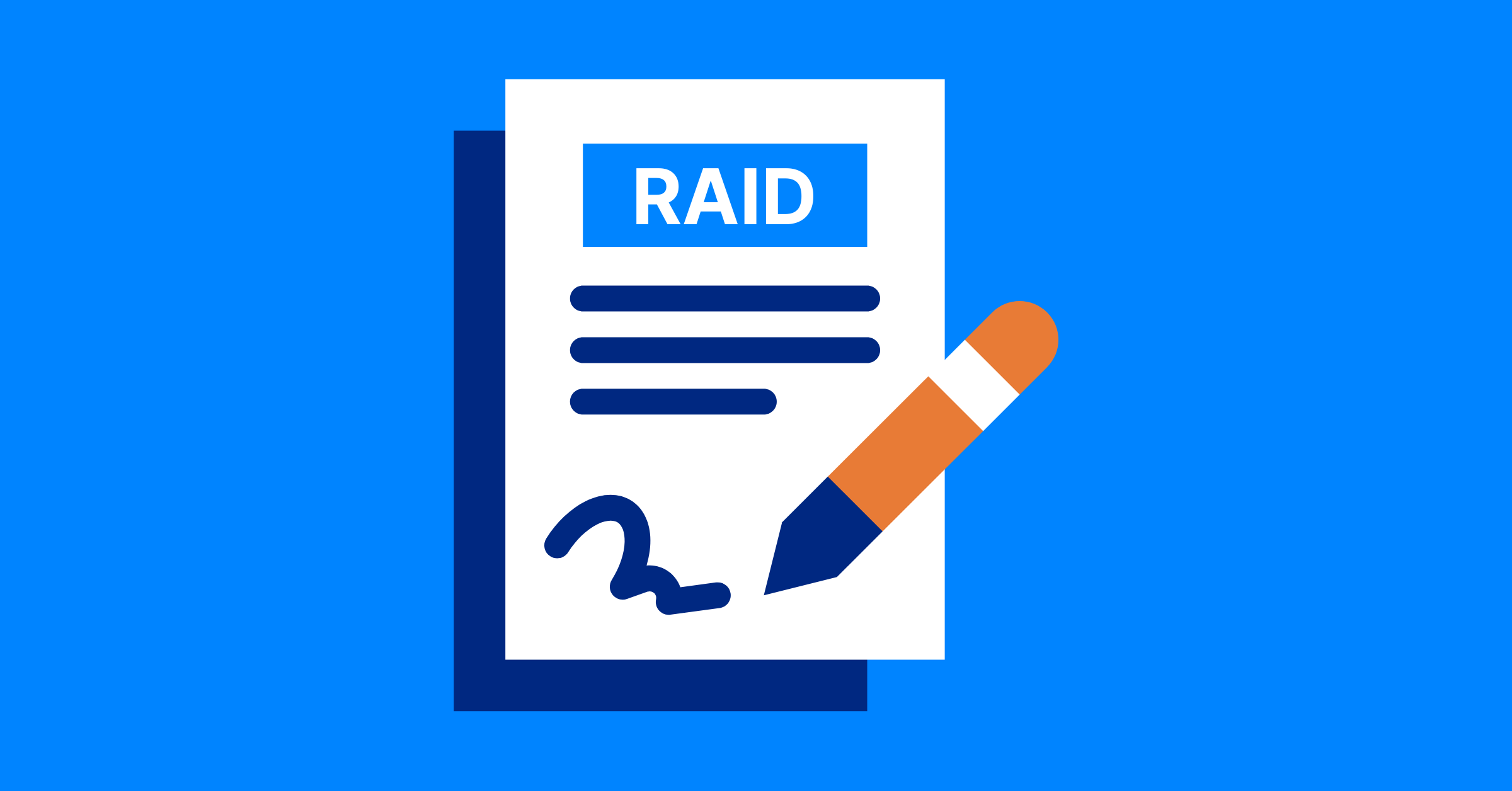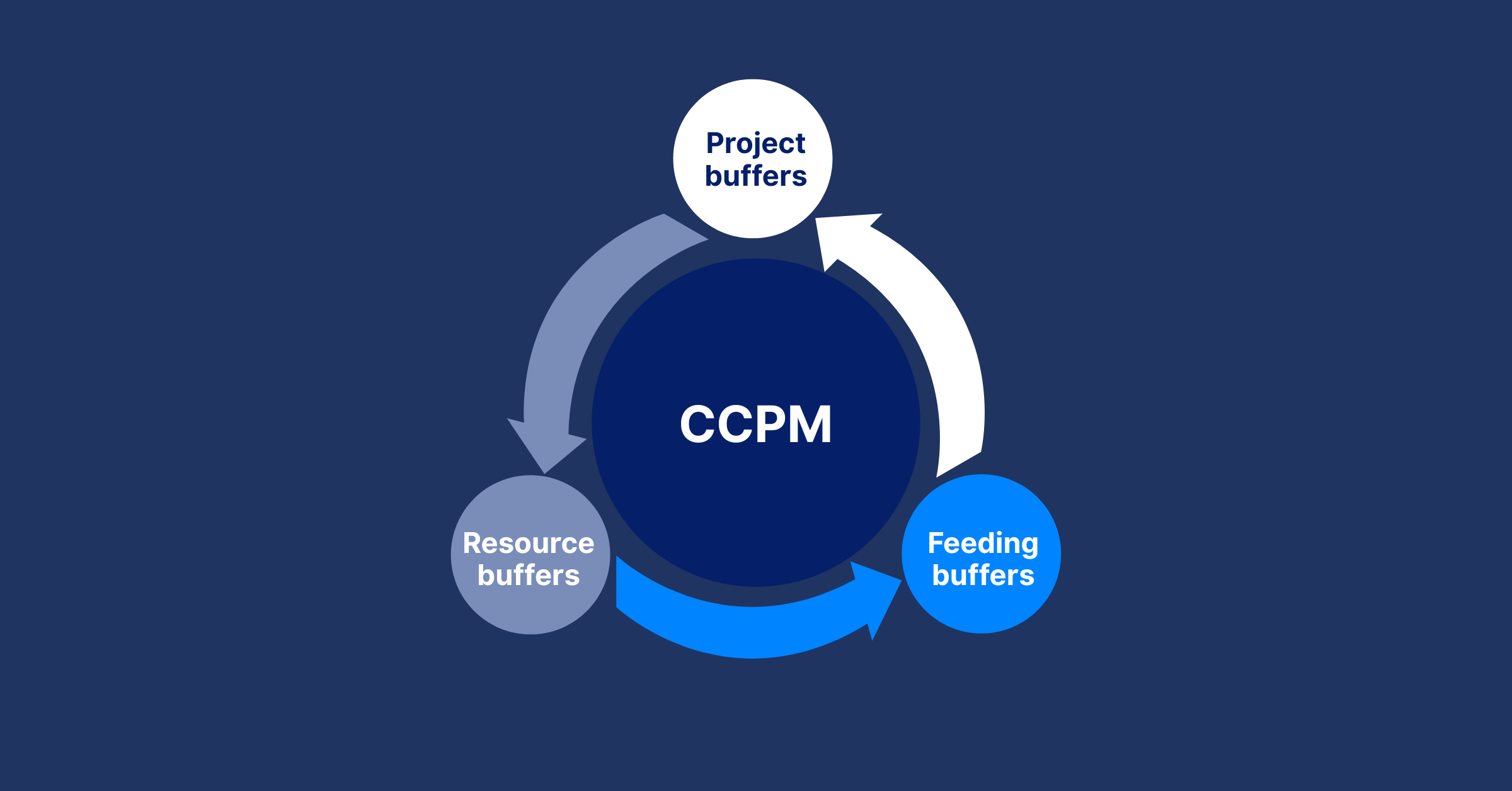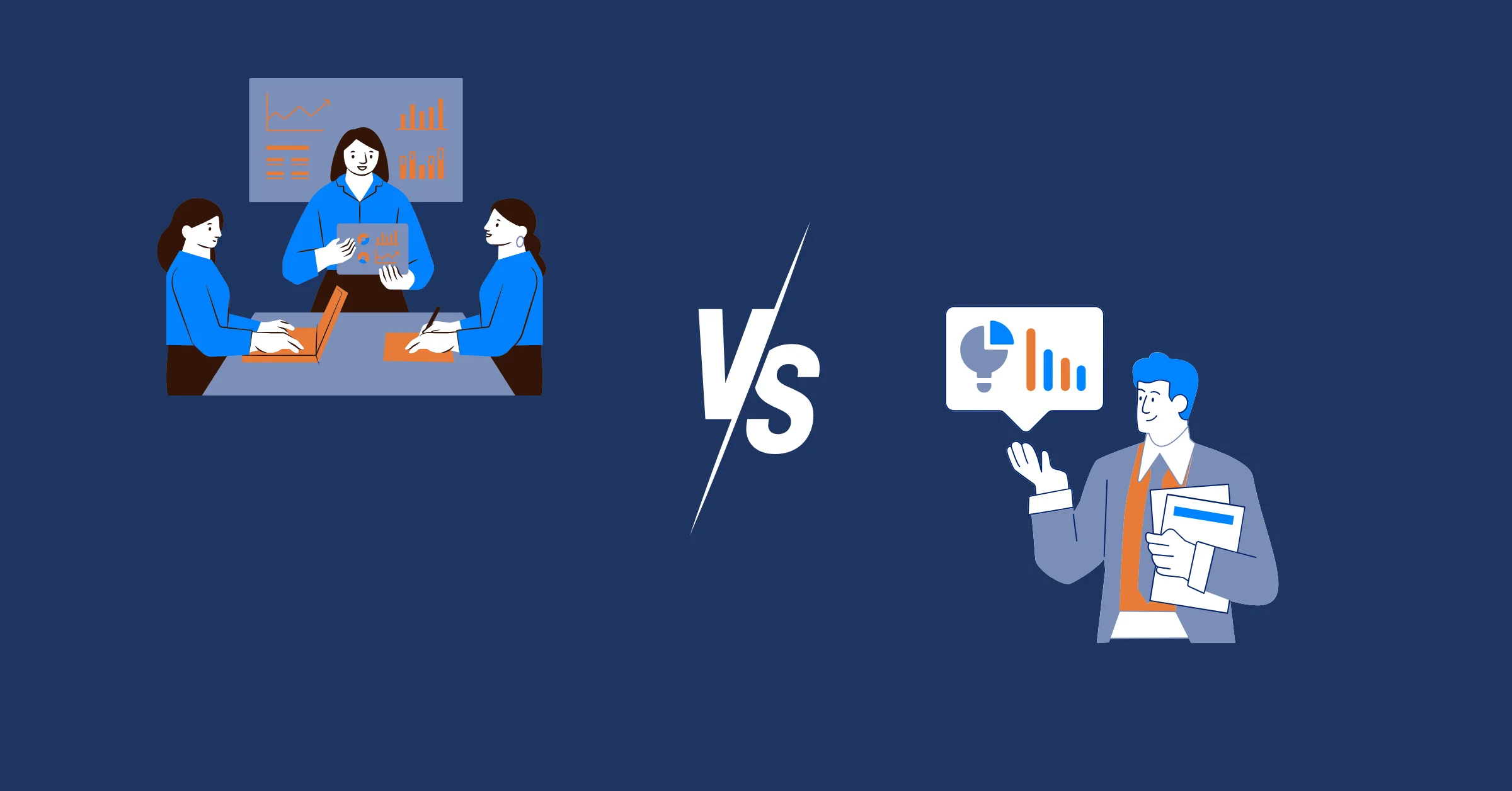Are Cost Baselines Made for Agile Projects or Just Waterfall?
Are cost baselines made for agile projects or waterfall? Learn about their roles, challenges, and differences in project management methodologies.
When it comes to managing project budgets, the term "cost baseline" often sparks debate among project managers. Is it a rigid tool best suited for the structured world of traditional project management, like Waterfall, or can it adapt to the fast-paced, iterative nature of Agile projects?
A cost baseline, essentially a time-phased budget within the broader project baseline, serves as a critical reference for tracking expenses and ensuring financial control. But as methodologies evolve, so do the questions: Are Cost Baselines Made for Agile Projects, or are they a relic of predictive planning? In this blog, we’ll dive into how cost baselines function across these approaches and explore their challenges and adaptations.
If you're not familiar with what a cost baseline is, check out the article “Understanding Project Baselines” before diving into this one.
What is a Cost Baseline in Projects?
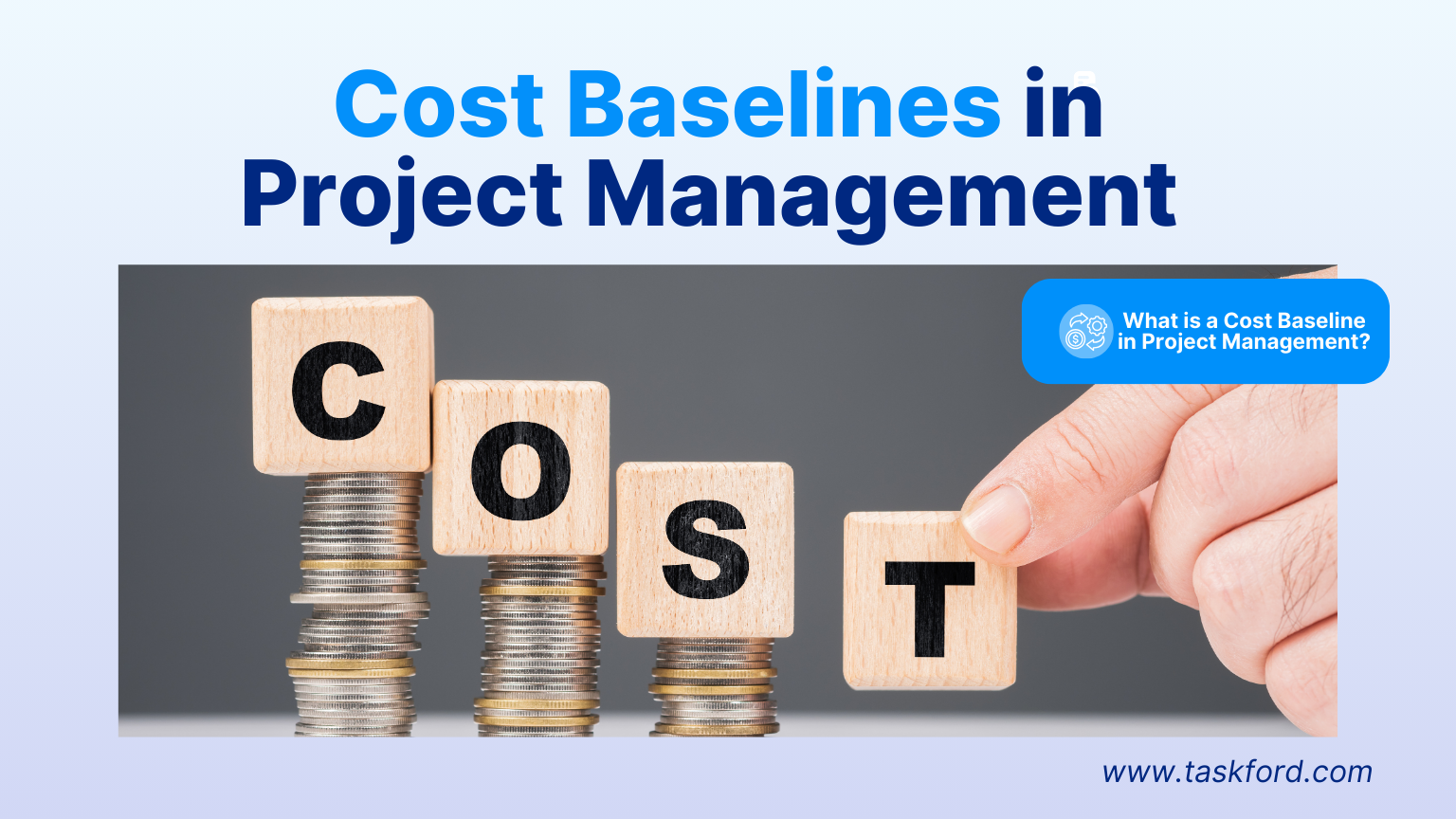
In project management, a baseline is defined as a set of approved plans (covering scope, schedule, cost, etc.) that serve as a reference point throughout the project lifecycle. It is used to compare, measure, and control actual performance against the plan, enabling project managers to identify variances, analyze their causes, and take timely corrective actions.
Within this framework, the cost baseline represents the approved budget allocated over specific phases of the project. It serves as the project’s financial roadmap, outlining the funds assigned to different stages or tasks and providing a benchmark for tracking actual expenditures against planned costs. As part of the overall project baseline, the cost baseline focuses solely on the financial dimension, helping teams monitor expenses, detect deviations, and maintain budgetary control.
By establishing this financial foundation, project managers can ensure that resources are utilized efficiently while identifying potential overruns at an early stage. In essence, the cost baseline functions as the project’s financial compass, guiding it toward successful completion.
How Cost Baselines Work in Traditional Project Management
Cost baselines are a cornerstone of traditional project management, perfectly suited to the structured, predictable nature of waterfall methodologies. In these environments, where scope, schedule, and budget are defined upfront, the cost baseline acts as a fixed financial guide. It aligns seamlessly with the linear progression of tasks, offering a clear framework to plan, track, and control expenses. Unlike the fluid adjustments of Agile, traditional approaches rely on the stability of a cost baseline to ensure every dollar is accounted for from start to finish. Let’s explore how this works in practice.
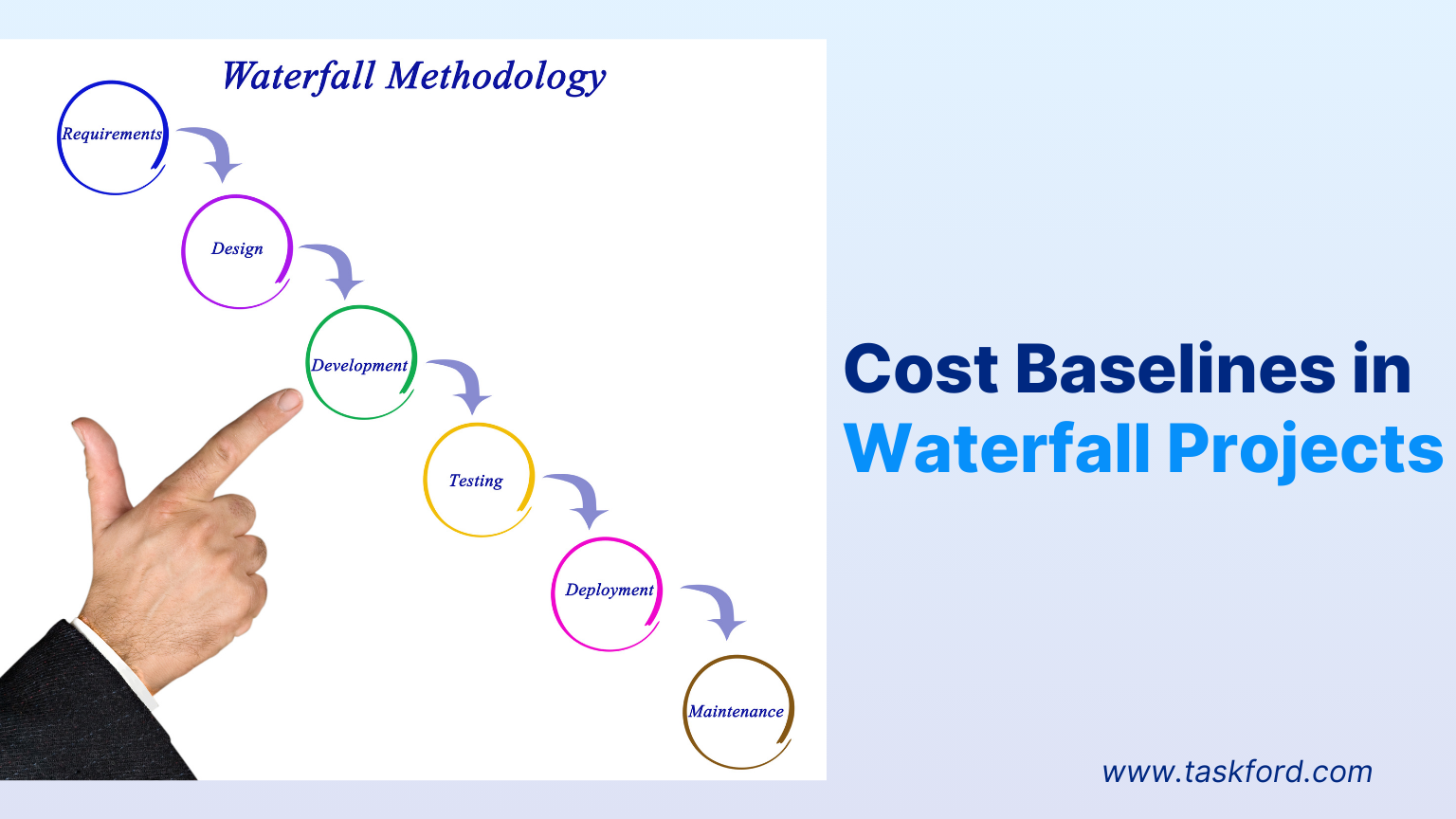
1. Fixed Cost Baselines in Predictive Methodologies
In Waterfall and other predictive methodologies, fixed cost baselines shine due to their compatibility with stable, linear projects. Here, the cost baseline is set early, reflecting a detailed budget tied to a well-defined scope and timeline. For example, in a construction project, costs for materials, labor, and phases are locked in, creating a reliable cost baseline that doesn’t shift unless formally revised. This rigidity ensures stakeholders know exactly what to expect financially, making fixed cost baselines ideal for projects where predictability trumps flexibility and budget overruns are not an option.
2. Cost Baselines as a Tool for Budget Control
Traditional projects leverage cost baselines as a powerful tool for budget control, enforcing financial discipline throughout the project lifecycle. By comparing actual expenditures against the cost baseline, managers can quickly spot variances—say, if equipment costs exceed projections - and take corrective action. This ongoing monitoring ensures expenses stay within the approved budget, safeguarding profitability and stakeholder trust. In a software rollout with set phases, for instance, the cost baseline tracks spending per stage, ensuring funds are allocated efficiently. It’s this precision that makes cost baselines indispensable for traditional budget management.
Are Cost Baselines Made for Agile Projects?
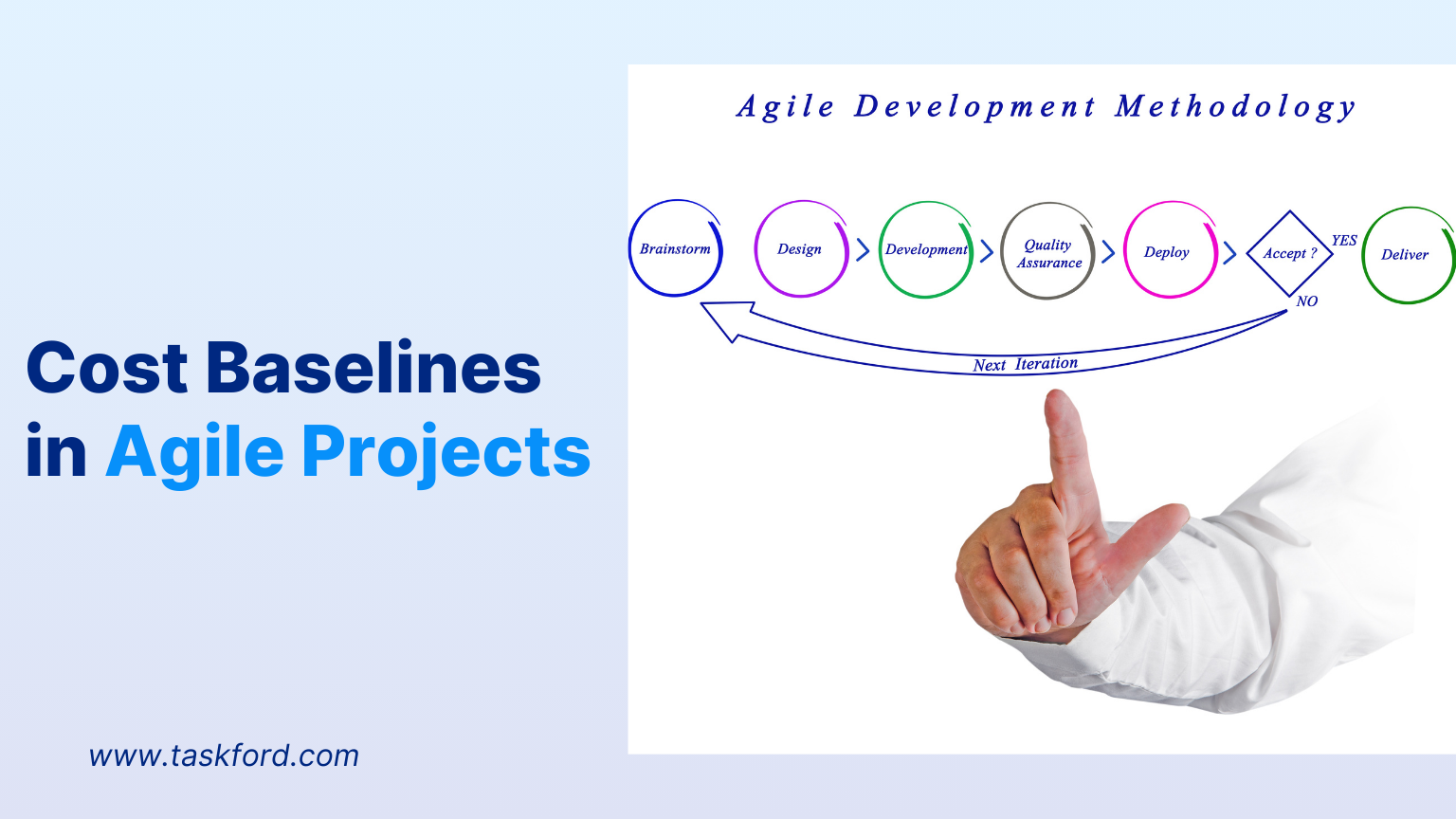
Unlike traditional projects, Agile project management emphasizes flexibility and continuous change in scope, priorities, and solutions. As a result, a fixed cost baseline is often not fully compatible with the Agile environment. Instead, Agile adopts more adaptive approaches, such as:
1. Time-boxed Budgeting
In Agile, projects are divided into sprints or iterations of fixed duration (typically 2–4 weeks). With time-boxed budgeting, the budget is defined based on the cost of each sprint.
How it works:
- The primary costs include team salaries, tools, and recurring operational expenses.
- Each sprint consumes a fairly stable budget since team size usually remains constant.
Example: A software development team of 7 members works in 2-week sprints. If the average cost per team member is $2,000 per month, then the cost of one sprint is approximately $7,000. A project manager can multiply this by the estimated number of sprints to forecast the total project cost.
This method makes budget control straightforward and transparent because each sprint incurs a predictable, fixed cost.
2. Value-driven Budgeting
Unlike evenly distributed budgets, Agile emphasizes allocating funds to the highest-value items in the backlog, ensuring maximum business value from every dollar spent.
How it works:
- The business and Product Owner continuously evaluate which features or deliverables provide the most value.
- Budget is then prioritized for those high-value items first.
Example: In an e-commerce app, the “online payment” feature may bring greater business value than “UI customization.” Therefore, the budget is first allocated to develop and implement the payment system, allowing the company to start generating revenue even before the entire project is complete.
This approach optimizes ROI (Return on Investment) and reduces the risk of spending on low-value items.
3. Flexible Baseline
In Agile, it is still possible to establish an initial budget baseline as a reference point. However, unlike Waterfall, this baseline is not rigid; it is continuously adjusted based on scope changes and evolving backlog priorities.
How it works:
- At the start, a total budget is approved (e.g., $500,000 for the project).
- During execution, the baseline is updated when new requirements or priorities arise, as long as adjustments remain within the acceptable financial limits.
Example: A CRM development project begins with a baseline budget of $400,000. After three sprints, the company decides to add social media integration to improve customer engagement. The additional cost is estimated at $50,000, so the baseline is revised to $450,000.
This approach creates a balance between financial control and flexibility, ensuring the project remains on track while preserving Agile’s adaptive nature.
In short, Agile does not eliminate the concept of a baseline - it redefines it as a flexible and adaptable tool. Unlike the rigid baselines in Waterfall, Agile baselines evolve alongside the project, supporting responsiveness to change while maintaining financial discipline. In an article published by ResearchGate, Seely and Duong (2001) demonstrated that the application of Dynamic Baseline Models (DBM) enables project managers to assess project progress and identify potential risks early, ultimately increasing the likelihood of project success.
How Agile Budgeting Differs from Traditional Cost Baselines?
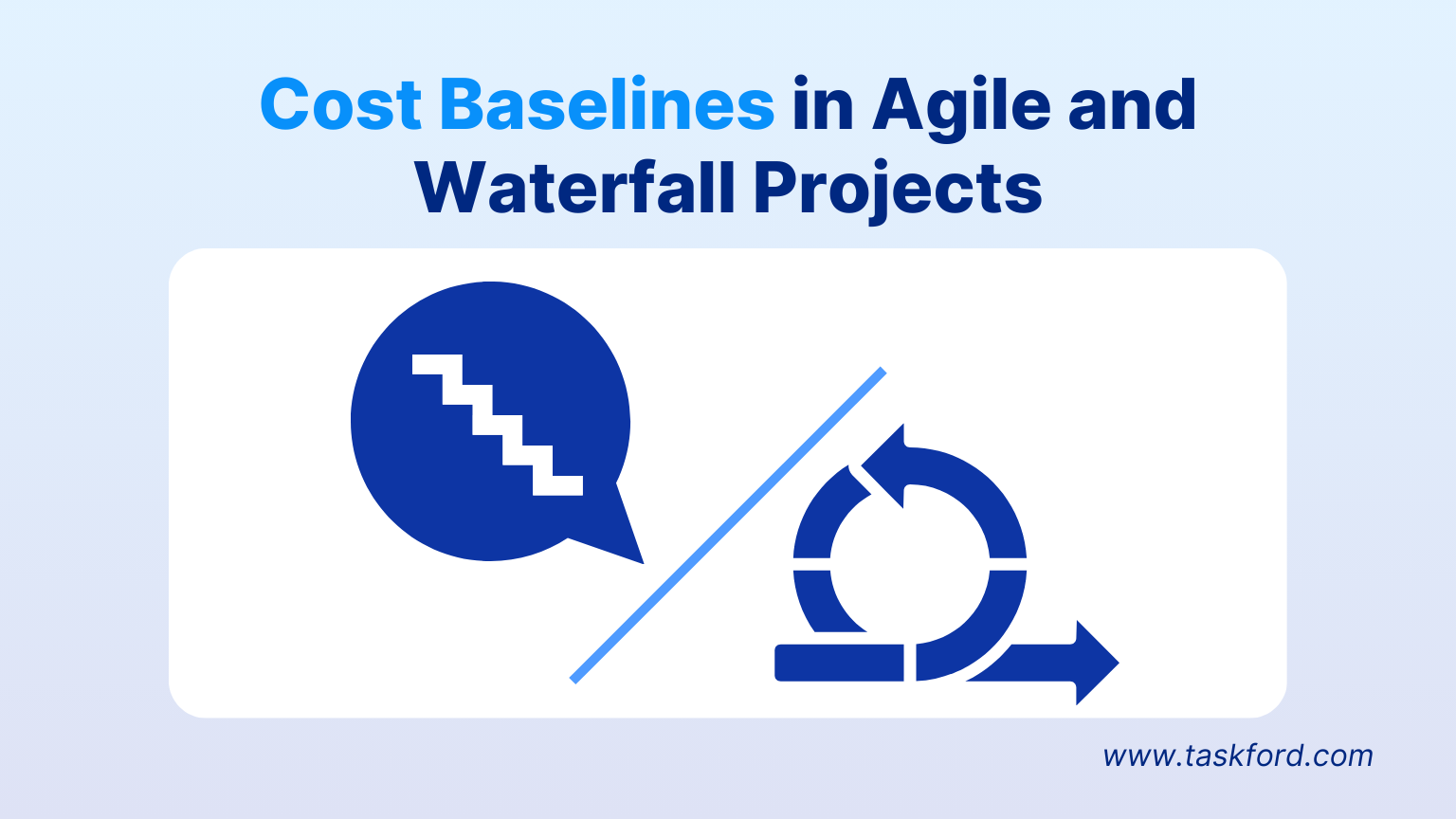
When it comes to managing project finances, Agile budgeting and traditional cost baselines take starkly different paths. A cost baseline in traditional project management locks in a detailed, static budget upfront, ideal for predictable projects like infrastructure builds. Agile budgeting, however, embraces adaptability, adjusting funds iteratively to match evolving priorities - think a software team tweaking costs sprint by sprint. This shift prioritizes flexibility and value over rigid forecasting. To break it down, here’s a table comparing how Agile budgeting diverges from the traditional cost baseline approach, highlighting their unique strengths and applications.
| Aspect | Traditional Cost Baseline | Agile Budgeting |
|---|---|---|
| Definition | Fixed, time-phased budget set at project start | Flexible budget adjusted per iteration |
| Planning Horizon | Long-term, covers entire project | Short-term, often sprint or release-based |
| Scope Flexibility | Minimal; assumes stable scope | High; adapts to changing requirements |
| Example Use Case | Construction with predefined costs | Software development with evolving features |
| Focus | Budget adherence and cost control | Delivering value and responsiveness |
| Adjustment Frequency | Rare, requires formal change approval | Frequent, aligned with iterative cycles |
Are cost baselines in Agile projects challenging?
Establishing and managing cost baselines in Agile projects is more challenging compared to traditional approaches. The difficulty comes from Agile’s inherent flexibility and its focus on adapting to continuous changes in scope, priorities, and deliverables. These challenges can be:
- Unstable Scope: In Agile, the scope evolves as new requirements emerge and backlog items are reprioritized. This makes it difficult to set a fixed baseline early in the project, since the cost may shift as the scope changes.
- Incremental Delivery: Work is delivered in small iterations (sprints), and priorities can change after each sprint review. A rigid cost baseline may quickly become outdated if new high-value features are added.
- Variable Team and Resource Needs: Although Agile teams are often stable, some projects require scaling up or down (e.g., adding specialists mid-project). This dynamic resourcing complicates baseline tracking.
- Stakeholder Expectations: Sponsors used to Waterfall projects may expect a fixed cost upfront. Aligning them with Agile’s flexible budgeting and explaining variance can be a management challenge.
Conclusion
Cost baselines are indispensable in traditional project management because they provide a fixed financial framework aligned with stable scope, schedule, and deliverables. However, in Agile projects, the same rigidity becomes a challenge due to evolving priorities and iterative delivery.
Agile doesn’t discard the concept of cost baselines; it redefines them into adaptive budgeting models such as time-boxed budgeting, value-driven budgeting, and flexible baselines. These approaches preserve financial discipline while allowing responsiveness to change.
In essence, cost baselines in Agile are not obsolete but must be treated as living, flexible guides rather than rigid constraints, ensuring both financial control and adaptability in a dynamic project environment.
To learn more about project management methodologies like Agile, Waterfall, or Hybrid, check out our article: What is Project Management.
Making work simpler,
smarter, and more connected
Join our waitlist and be notified first.

Related Blog
Subscribe for Expert Tips
Unlock expert insights and stay ahead with TaskFord. Sign up now to receive valuable tips, strategies, and updates directly in your inbox.


